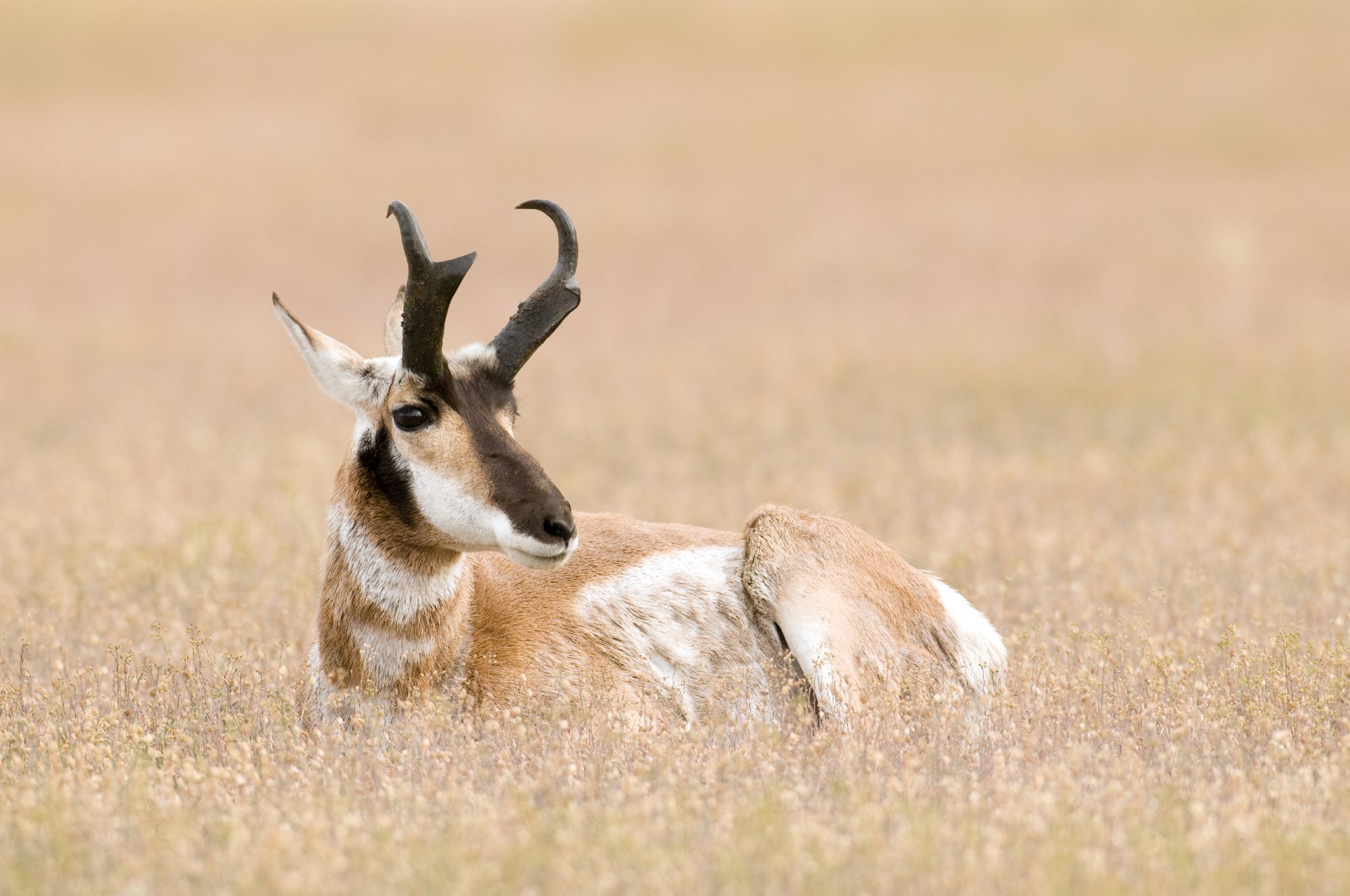
Wildlife in the Salt Lake City Area
Pronghorns, often mistakenly referred to as antelope, are a unique and notable species in Utah's wildlife landscape. Known scientifically as Antilocapra americana, pronghorns are indigenous to North America and are famed for being the continent's fastest land mammal, capable of reaching speeds up to 60 miles per hour. This remarkable speed is an evolutionary adaptation to evade predators, notably now-extinct North American cheetahs.
In Utah, pronghorns inhabit a range of environments, although they show a preference for open areas like grasslands, basins, and deserts, where their exceptional vision and speed can be most effectively utilized to detect and escape from predators. They are well-adapted to Utah's diverse climates, capable of surviving both the hot summers and cold winters.

Physically, pronghorns are medium-sized animals, with adults standing about 3 feet tall at the shoulder. They are easily identified by their tan to reddish-brown coat, white underside and rump, and distinct white stripes on their neck. Both males and females have horns, though those of males are more prominent and can grow up to 12 inches long. Unique among ungulates, pronghorn horns are comprised of a keratin sheath that is shed and regrown annually.
Pronghorns are herbivores, feeding primarily on grasses, forbs, and shrubs. In Utah's varied ecosystems, they adapt their diet to the available vegetation, often shifting their feeding habits seasonally to utilize different plant types.
Socially, pronghorns are interesting creatures. Outside of the breeding season, they often form segregated herds of males and females. During the fall breeding season, males become territorial and gather harems of females, which they defend against other males. This period is characterized by notable displays of dominance and agility.
The population of pronghorns in Utah, like in much of their range, fluctuated greatly due to overhunting and habitat loss in the 19th and early 20th centuries. However, conservation efforts, including regulated hunting and habitat management, have helped their numbers rebound. Utah's wildlife management strategies for pronghorns involve monitoring their populations, improving and preserving their habitats, and managing the challenges of human-wildlife conflicts, particularly in areas where agriculture intersects with pronghorn habitats.
Despite their speed and adaptations, pronghorns face several threats, primarily habitat fragmentation due to urban development and fencing that can impede their migratory routes. Conservationists and wildlife managers in Utah work to maintain connectivity between pronghorn habitats, ensuring these animals can access different areas for feeding and breeding.
In summary, pronghorns in Utah are a symbol of the state's diverse and dynamic wildlife. Their presence speaks to the health of open landscapes in the region and the success of wildlife management and conservation efforts. As one of the most distinctive and intriguing species in North America, pronghorns continue to fascinate wildlife enthusiasts and play a critical role in Utah's ecological community.